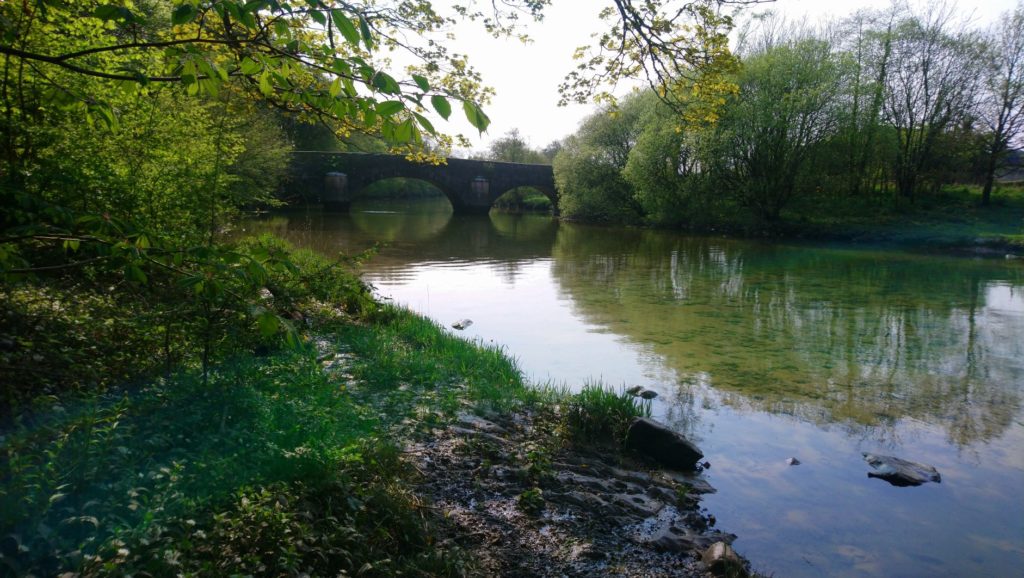I wrote here about early Spring on the lockdown on the boat, in Tottenham Marshes. That moment seems like some time ago. Much has changed since the cow parsley and nettles grew too high for us to go into the clearing weeks ago, amongst other changes including a tragic murder investigation (more to come on this).
Meanwhile I have been lucky to receive a small amount of Emergency Funding from the Arts Council of England that has enabled us to keep going during the lockdown, for the Future Machine project team to reconsider what it means to create public, shared experiences that consider place, the future, uncertainty, resilience, climate and environmental change. Taking into account the possibility that this lockdown may continue or re-occur, and what we might learn if future environmental crises, lockdowns and pandemics equally limit our ability to travel to and collaborate in the places, and with the communities, that are important to us.
Prior to the lockdown, we had received some match funding (from the University of Nottingham) for Robin Shackford to work on a Future Machine mobile phone app. We will write more on this as the prototype is built. We have been so luckily to get support during this time to think, not give up on this work that feels more important than ever – even though we can’t meet together in the places we hope to meet with the Future Machine as a witness to these changes. It is giving us a chance to consider how the Future Machine project might continue if the physical machine is not able to take its annual journey to London, Nottingham, Cumbria, Oxfordshire and Somerset, to witness change over the next 30 years, as planned.
Cumbria
The next ‘ritual for when the future comes’ and appearance of the Future Machine was planned for July 2020. To take place in Tilberthwaite Quarry, in collaboration with artist, writer and philosopher Wallace Heim after ongoing research and interviews with local people about the past, present and future of the quarry. Wallace remains in place, in her home near the River Leven in Cumbria. As I am in place on the River Lea in London. The advice is to not visit the Lake District, and Cumbria is the hardest hit region outside London. Of course we have not been able to work together in Tilberthwaite this Spring and Summer. The physical Future Machine is also in place in my studio, in Nottingham. So, we made the decision to conduct an artist residency ‘in the places where we are’, focusing on the rivers that are the common thread to both of our experiences of the lockdown.
This slow and careful process has enabled us to reflect on the themes we were exploring in Tilberthwaite Quarry – of extraction, the industrial past, tourism and the visceral experience of being in a dark cave in the quarry and walking into the light of the valley and overlooking fells. The journey of extraction from the quarry to the valley, down the river, to Lake Coniston, the river Crake, and out to sea, the movement of farming, slate and copper into the world beyond and the tourism, climbers, ramblers coming in.
These themes are evolving and changing, as we consider the river. As we, and our places appear to change.
We have been considering the journey of copper and slate from the quarry. I have also brought in the perspective of the River Lea as it weaves from the Thames out into the industrial limits of London. I am moored close to a copper mill that worked copper, that arrived from the Thames, possibly from the North and quarries in the world (possibly Chile, where my partner is from) – beyond this small island.
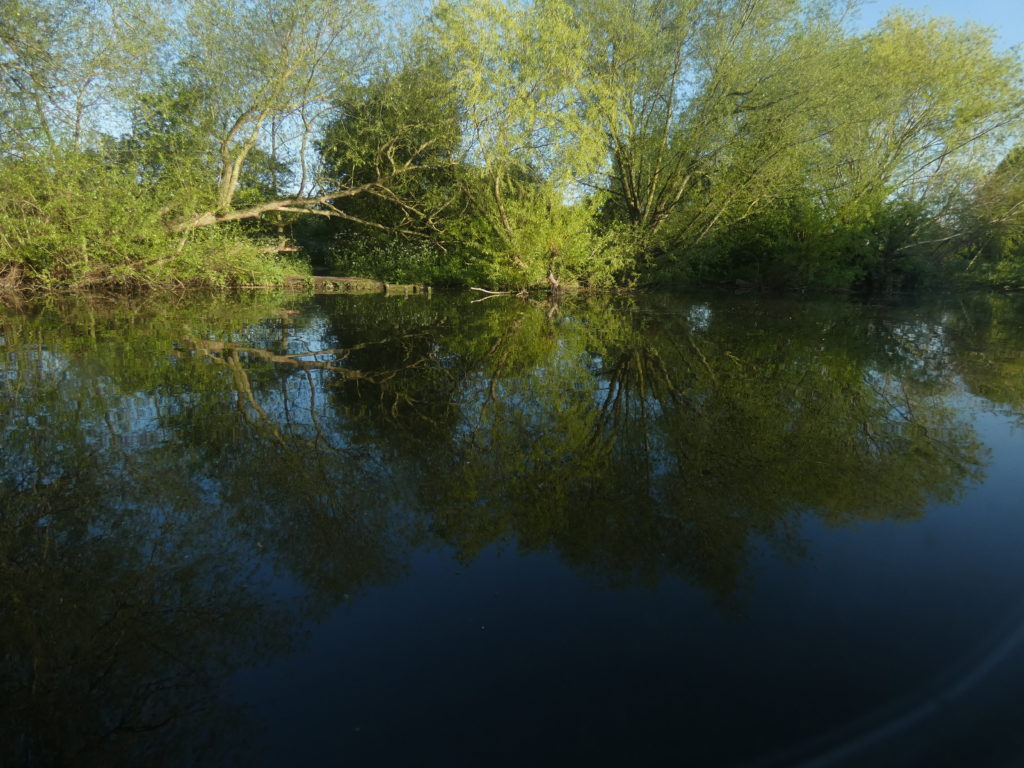
We have also been considering the extraction routes for the electricity to power this work we are trying to do together, now happening remotely through our electronic devices. The difficulties we both have to access electricity and wifi – from a remote village in a wood, and on a boat. Both of us currently have no access to the national grid (more on this to come).
We have been considering the rivers themselves. Their inhabitants, our neighbours, human and non-human. The river’s journey from mountains, lake to sea, it’s thriving and struggles. The damage of the river, the mood of the river and how it reflects our own moods, concerns, frustrations and feelings in response to these changes we are all witnessing, and all in the centre of.
Finally we are rethinking the ‘ritual’ aspect of our work together and how we might consider ‘the ineffable’ in the places where we are, in contrast to how we are drawn to and held by the ineffability of Tilberthwaite.
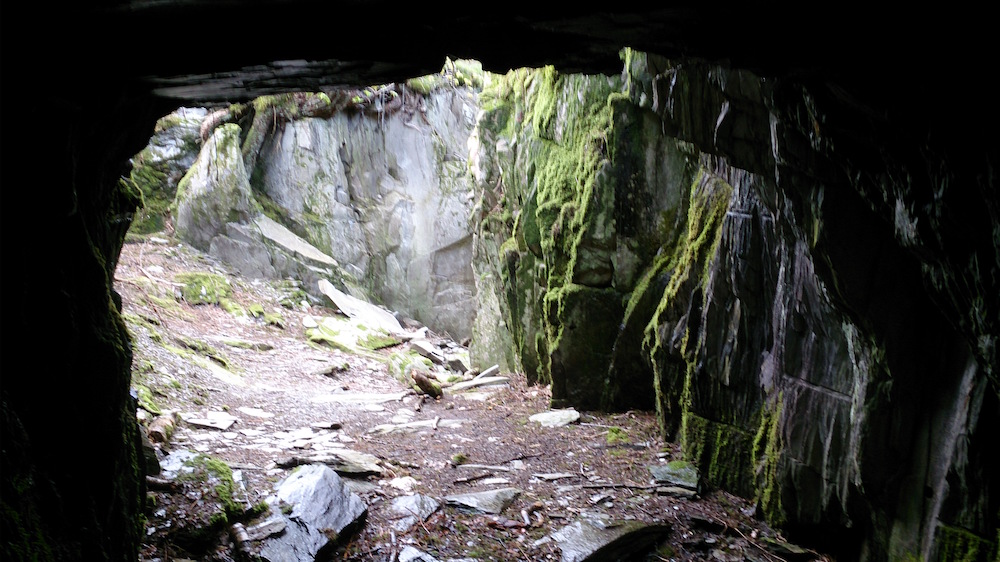
Oxfordshire
The idea of an ‘artist residency in place’ is also taking place in collaboration with the artist Juliet Robson, who remains in place in her home, close to Kingwood Common in Oxfordshire.
This also is a slow and careful process of sharing images, thoughts and moments of what we have in common in our places. Both being in very different contexts that were close to what was originally common land, going back to the enclosures. Kingwood Common… and the East London marshes…
Our focus is still on time and place, we will gather our thoughts, moments in time and take our time to see how this evolves, as the future comes.
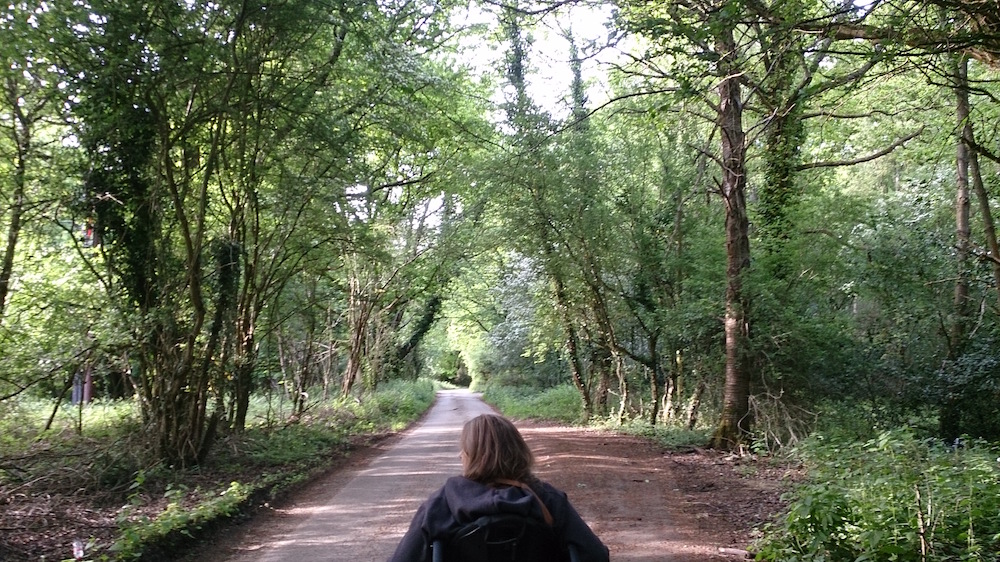
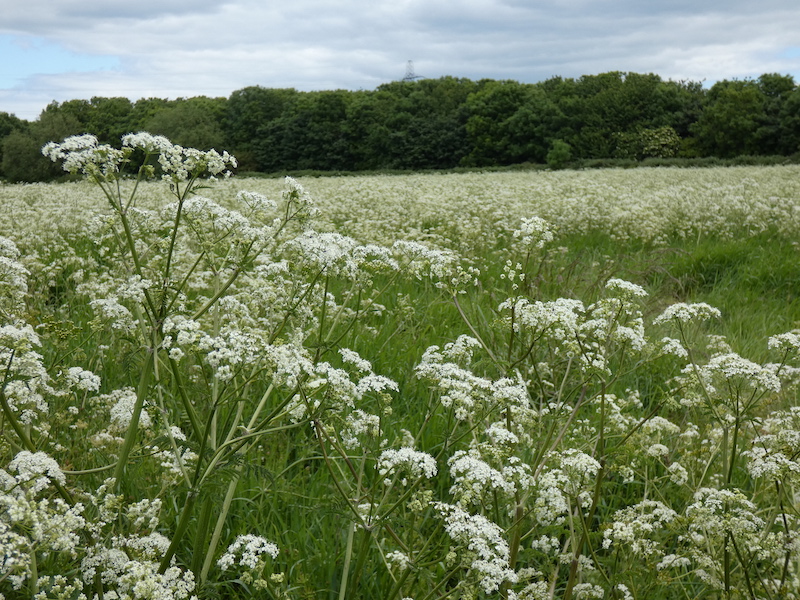
Tottenham Marshes
London
I was also hoping to spend the summer re-visiting the wonderful groups and people that worked with me in Finsbury Park on the Future Machine Procession in the Park to celebrate the Autumn in 2019. I was hoping to do some workshops in a local primary school to follow on from the work I have started in Mellers Primary in Nottingham.
This will all have to wait until things ease some more. I still hope to bring the Future Machine to Finsbury Park this Autumn, one way or another. To have a socially distanced procession and think about how people can still interact with the machine in a safe way. As the lockdown eases I will begin these conversations again and see where this new year can take us in Finsbury Park.
I also have thoughts about bringing the machine to the River Lea at the same time…
Nottingham
As I have written here, we were unable to meet under the blossom trees in Christ Church Gardens when the trees blossomed this Spring. They did finally blossom fully during the week of the 13th April witnessed by people passing through the gardens during their allowed hours exercise – here.
In response, the tracking of the blossoms evolved into a series of video diaries created by Frank and will finally culminate in a short film, considering how the lockdown and pandemic has impacted on our annual meeting under the blossom, to talk about the future. 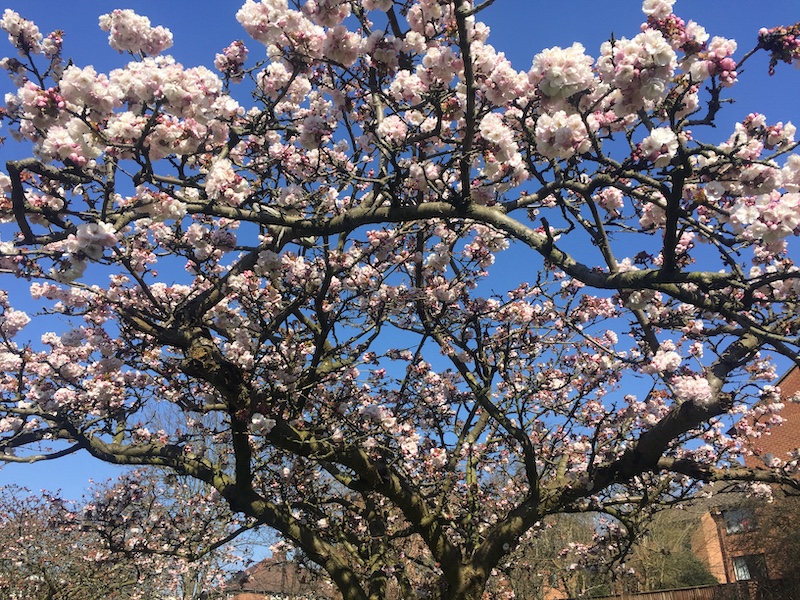
This work feels even more important in this context of a pandemic, lockdown and the hottest year on record. Despite our inability to meet together or physically transport the Future Machine to bear witness to the changes now occurring across England and the world.

